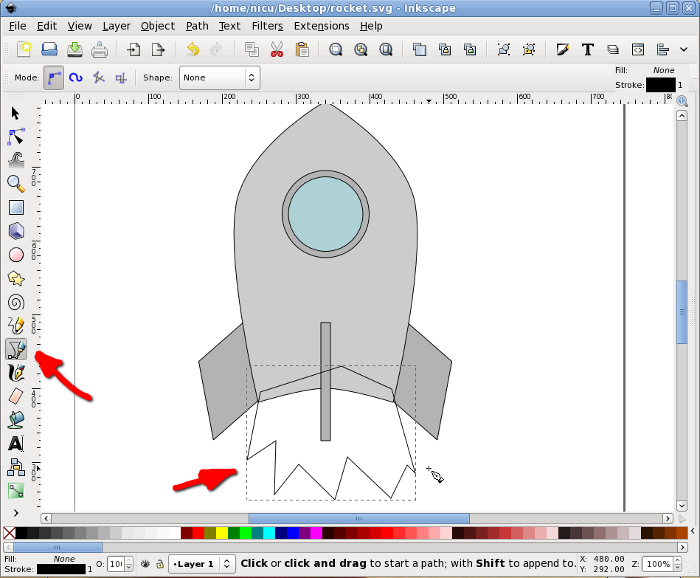

Press it and find LiU Colors in the list. Launch Inkscape and go down to the bottom next to the existing colors. Jump into those areas and create a file like liu.gpl containing the following lines, i.e., all the RGB codes for the hex above. The color palettes in Inkscape and Gimp are stored in the configuration directory too, for example (depending on your versions): Doing all the homework gives us a nice little snippet to paste into the LibreOffice config file. How to find the hex codes for those kind of blends (white and the color)? Well, the internet is a beautiful thing and for example helps us out quite a bit.


The first colors are also blended in levels of 100%, 80%, 60%, 40%, and 20%. The hex codes for those colors can be found at e.g. The list of colors from the document are given by: LiU BlueĪnd a set of of pantone colors. So what colors to add? Browsing the University’s web pages for the graphical profile and downloading the PDF gives me a set of RGB decimal values and corresponding Hex values (which do not match, btw). The file is an XML file with entries like:Īnd it does not take a degree in Rocket Science to understand the pattern. Appending text using your favourite buffer does the job instead. Of course this can also be done manually thorugh the GUI inside LibreOffice – but that is just tedious. $HOME/.config/libreoffice/4/user/config/standard.socĪnd it can quite easily be appended with new color definitions. The configuration files for the palettes for LibreOffice are found here: So, question for today: how to update LibreOffice with the “new” colors? Since I am on linux, LibreOffice is my preference instead. As usual, the Microsoft biasing – for good-and-bad – and all templates are given in PowerPoint and Word formats, etc. This means new guidelines with respect to documentation, templates and colors, i.e., the graphical profile. Our university has changed its logotype to strengthen its international position.


 0 kommentar(er)
0 kommentar(er)
